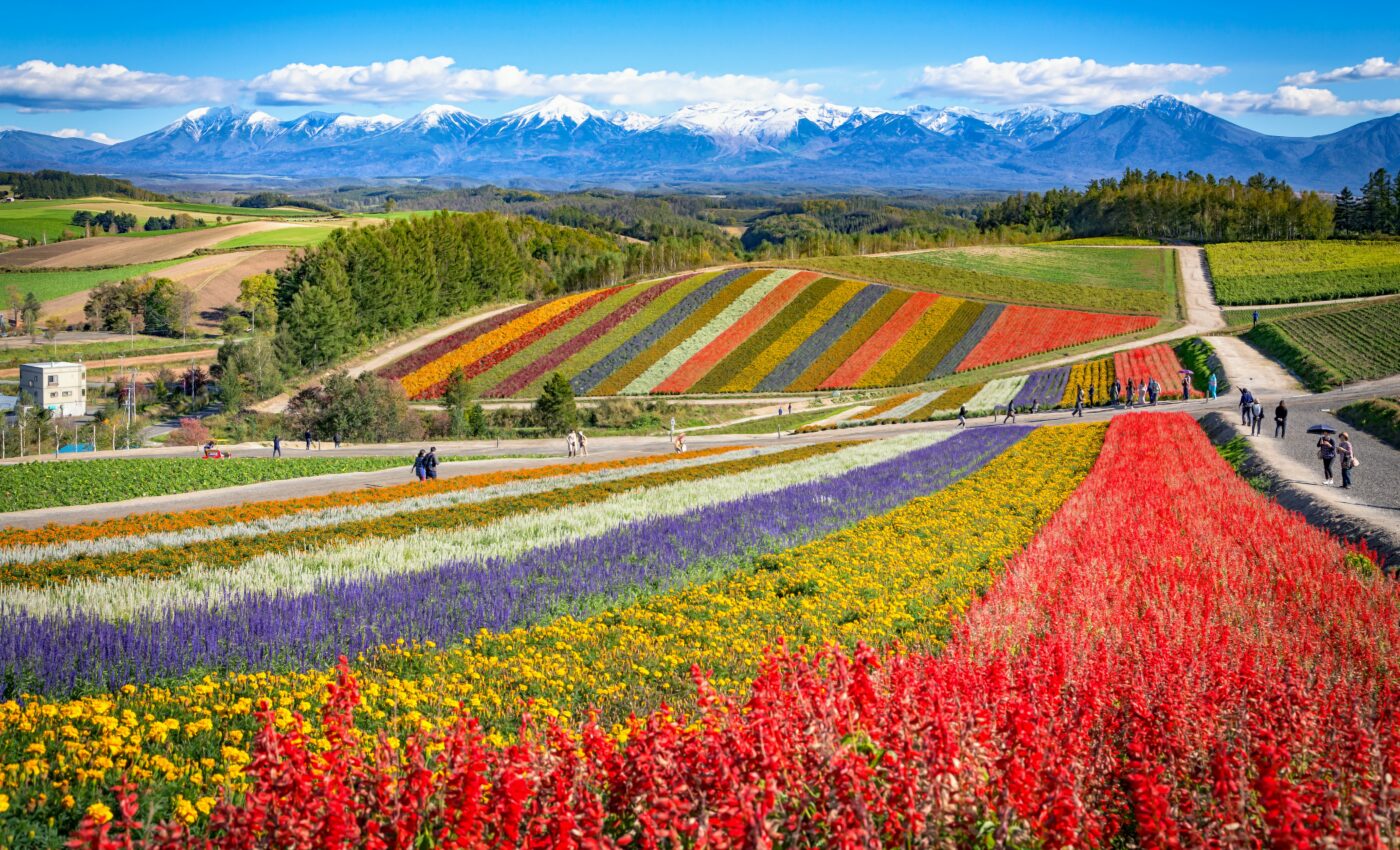
Agricultural diversity has a positive impact on food security
A new study published in the journal Global Food Security has found that agricultural diversity can be an important driver of food security, although the magnitude of its contribution depends on the broader biophysical and socio-economical features of the local farming system. The researchers conducted an extensive literature review of the relationship between agricultural diversity and food security in low- and middle-income countries. They discovered that, in almost two-thirds of all cases, agricultural diversity had a positive effect on food security, while in one third of the cases there was no correlation, or the results were mixed.
According to experts, food security exists when all people, at all times have physical and economic access to sufficient, safe, and nutritious food supplies which meet their dietary needs and help them live a healthy and active life. Agricultural diversity includes the variety of crops, livestock breeds, fish species, and wildlife resources, as well as how they are processed and consumed. In the current study, the researchers took into account 40 indices measuring the relationships between the two.
“We looked at all the combinations you could think of and how to quantitatively measure between the food security and diversity indicators,” said study lead author Katharina Waha, a senior research scientist at the Commonwealth Scientific and Industrial Research Organization (CSIRO) in Australia. “In terms of negative health outcomes for individuals, all the literature on nutritional and health outcomes would say that not having that diversity or quality is the final outcome.”
However, the analysis revealed that, although agricultural diversity can be highly beneficial for food security, it is not the only available strategy to increase the latter. Nonetheless, when diversification is also the cheapest strategy in terms of monetary and labor costs, it can be a highly effective option for improving agricultural practices and profits. According to the researchers, one way to conserve on-farm diversity is through daily use.
“If you have a diverse system, you can deal with biotic and abiotic stresses, for example, like the impacts of climate change,” added study co-author Elisabetta Gotor, an agricultural economist at the Alliance of Bioversity International and CIAT.
Holistic study designs taking into account the natural, social, and economic aspects of agricultural and food systems are necessary to clarify the complex interactions between the two, and better understand the effects of diversification.
—
By Andrei Ionescu, Earth.com Staff Writer













